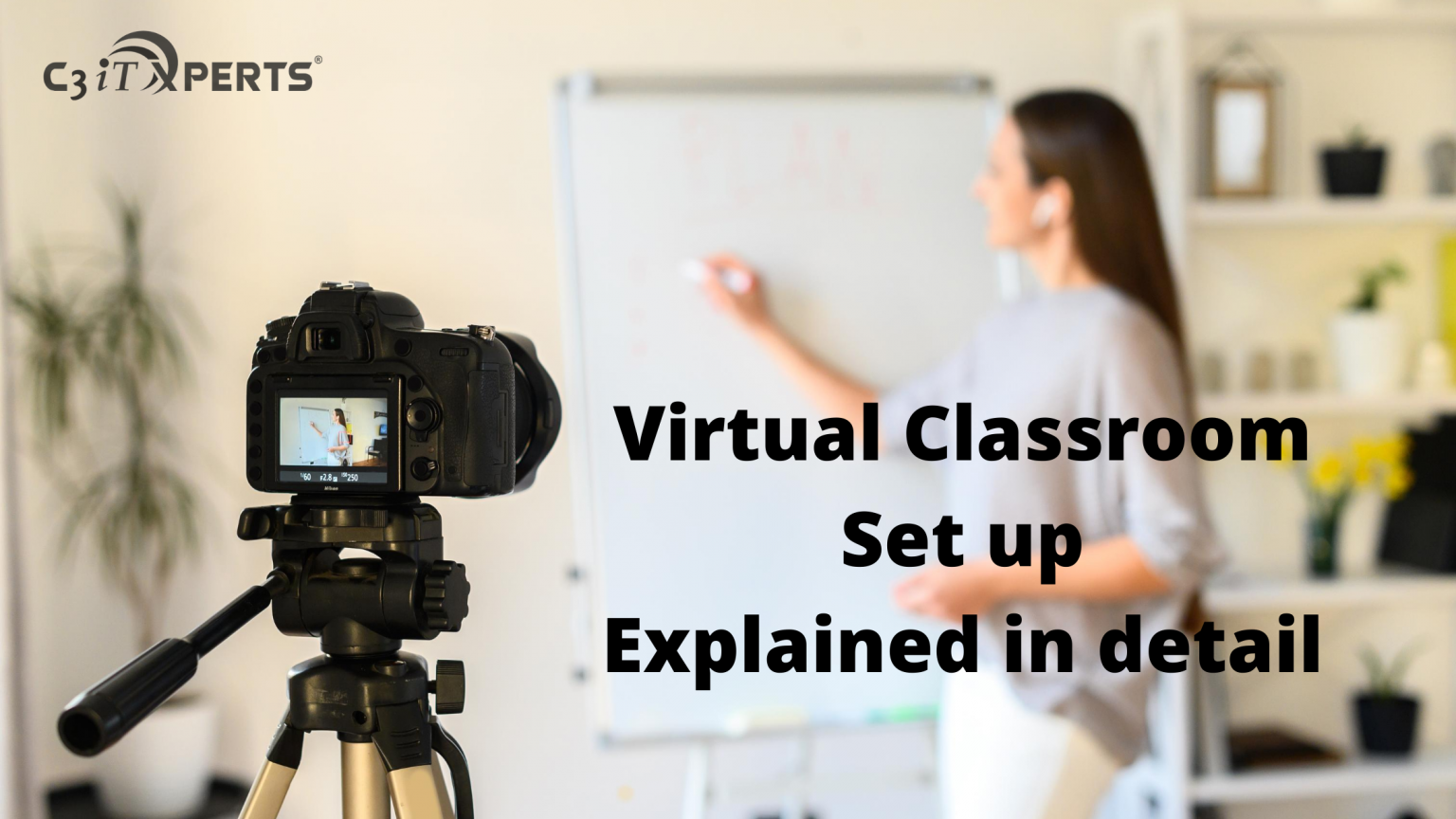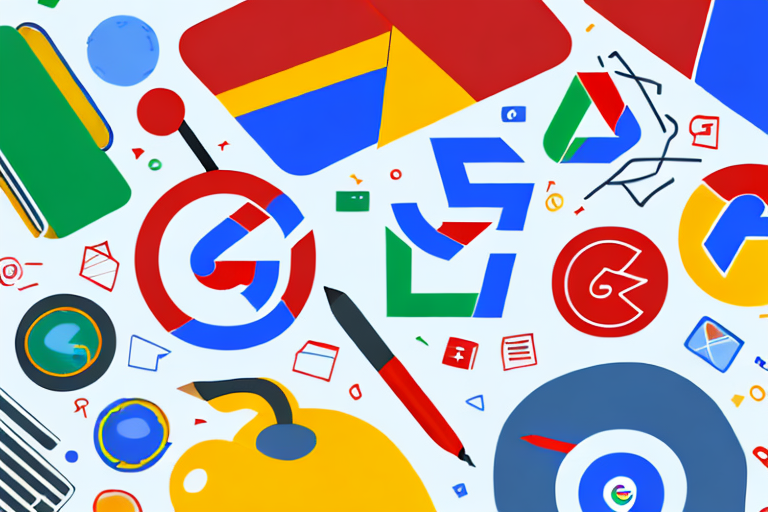Teachings Tips for an Engaged Learning Environment
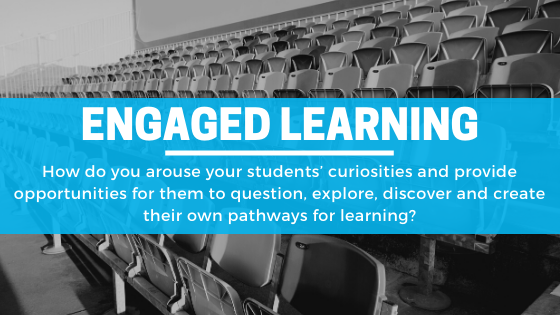
As we move towards student-focused and process-based approaches to teaching, we give our students ownership of their own learning. During our efforts to shift our focus from teaching to learning, it’s important to think about how we’re designing opportunities for students to develop skills and achieve specific goals. Consider this quote from Albert Einstein:
“I never teach my pupils. I only attempt to provide the conditions in which they can learn.”
What are the “conditions” that will foster learning in our classrooms? While teachers don’t have control over all the conditions that will impact students, they do have tremendous influence over things like the use of classroom space, allotted time for each activity, and the materials they use. Less obvious, but extremely important to the quality of the learning environment, is the way in which the teacher and students relate to one another.
There should be one critical goal behind figuring out how all these factors come together in your classroom: stimulating curiosity in your students.
Curiosity can be characterized as a heightened state of interest and eagerness to learn that results in excitement and exploration. Studies show that curiosity is essential to learning, and that people learn more and better when they are curious.
Promote a spirit of inquiry in the classroom where every student can follow their curiosities:
The next consideration should be that each question is acknowledged. Not every student is eager to raise his or her hand in the classroom. Children who are more reserved, or need more time to ponder, benefit from alternative ways to communicate what they are thinking.
I can remember an example of this type of situation from my own childhood. I was in seventh grade during a whole-class lesson about the respiratory system, and, at the end, the teacher asked if anyone had any questions. I remember that I wanted to know what causes hiccups. But by the time I had formed this thought, there was no more time for questions, and I was not able to ask the teacher. How funny that this missed opportunity stuck with me all these years.
As I think back now, as an Education Consultant, what if the teacher had allotted time at the end of the period for every student to write on a piece of paper something interesting that was learned in class, and something they were still curious about? If this happened today, it would be referred to as an exit ticket, which is now considered an excellent assessment tool.
Today, the teacher could have a Google Form for each student to fill out, or a digital space online, such as on Padlet or Google Classroom, to post to.
Technology also offers a vehicle for student discovery when students have the chance to research questions on their own.
Student-driven, inquiry-based learning takes place in a classroom environment where students are encouraged to not only develop their own questions, but also be able to lead their own investigations.
Build anticipation for what’s to come:
Part of the joy of being an educator is stimulating an excitement for learning in young people. When students look forward to activities in the classroom, and find pleasure in learning experiences, our work is supremely rewarding! Many teachers incorporate “hooks,” such as compelling video clips, thought-provoking statements, and other surprising and novel ways to captivate their students.
Teachers can also use technology to arouse student curiosity about an upcoming study or project. Teachers can send intriguing clues, fascinating facts, and links to webpages and videos that help to build interest in upcoming class activities.
How do you arouse your students’ curiosities and provide opportunities for them to question, explore, discover and create their own pathways for learning? Share your thoughts at training@c3itxperts.com
To Learn more about inquiry based learning connect with Ed Tech Consultants on this Link.
.png?width=1322&height=350&name=C3ITXperts-logo-R%20(1).png)



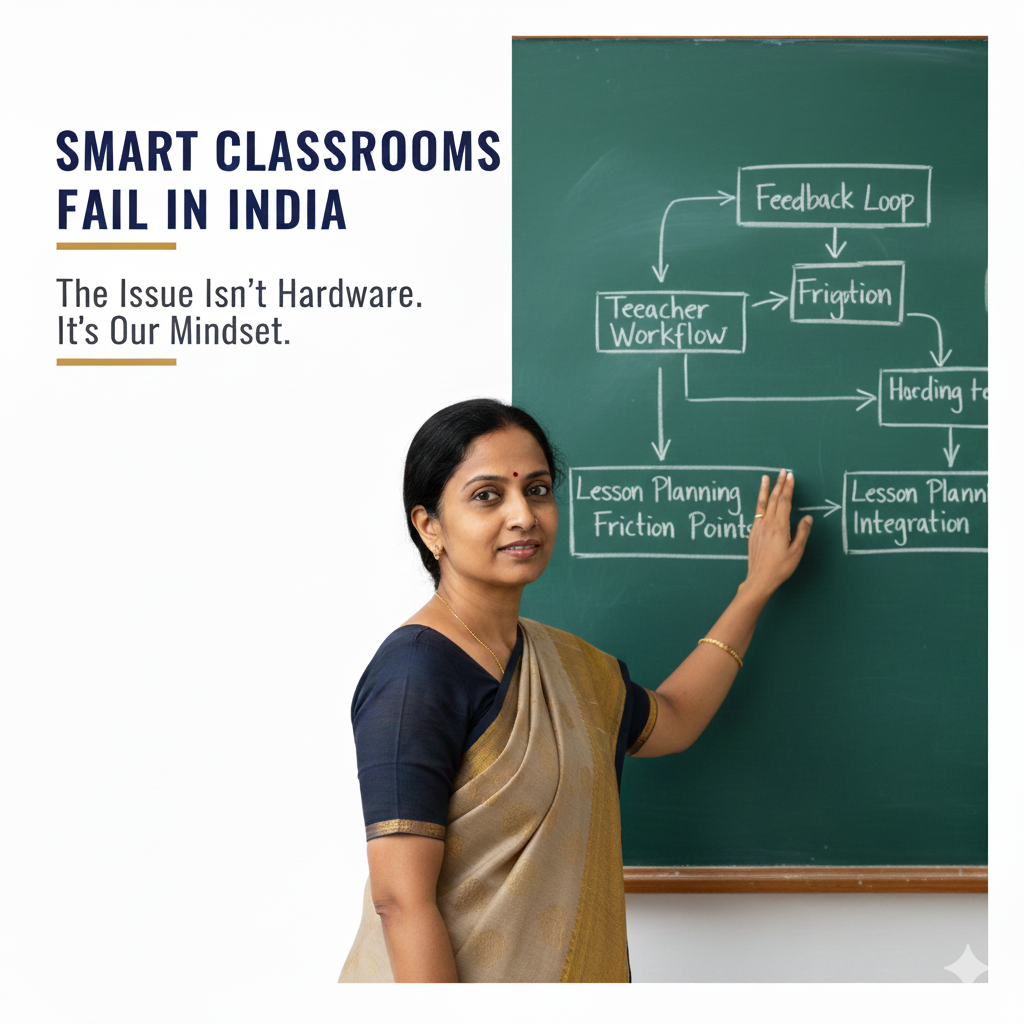
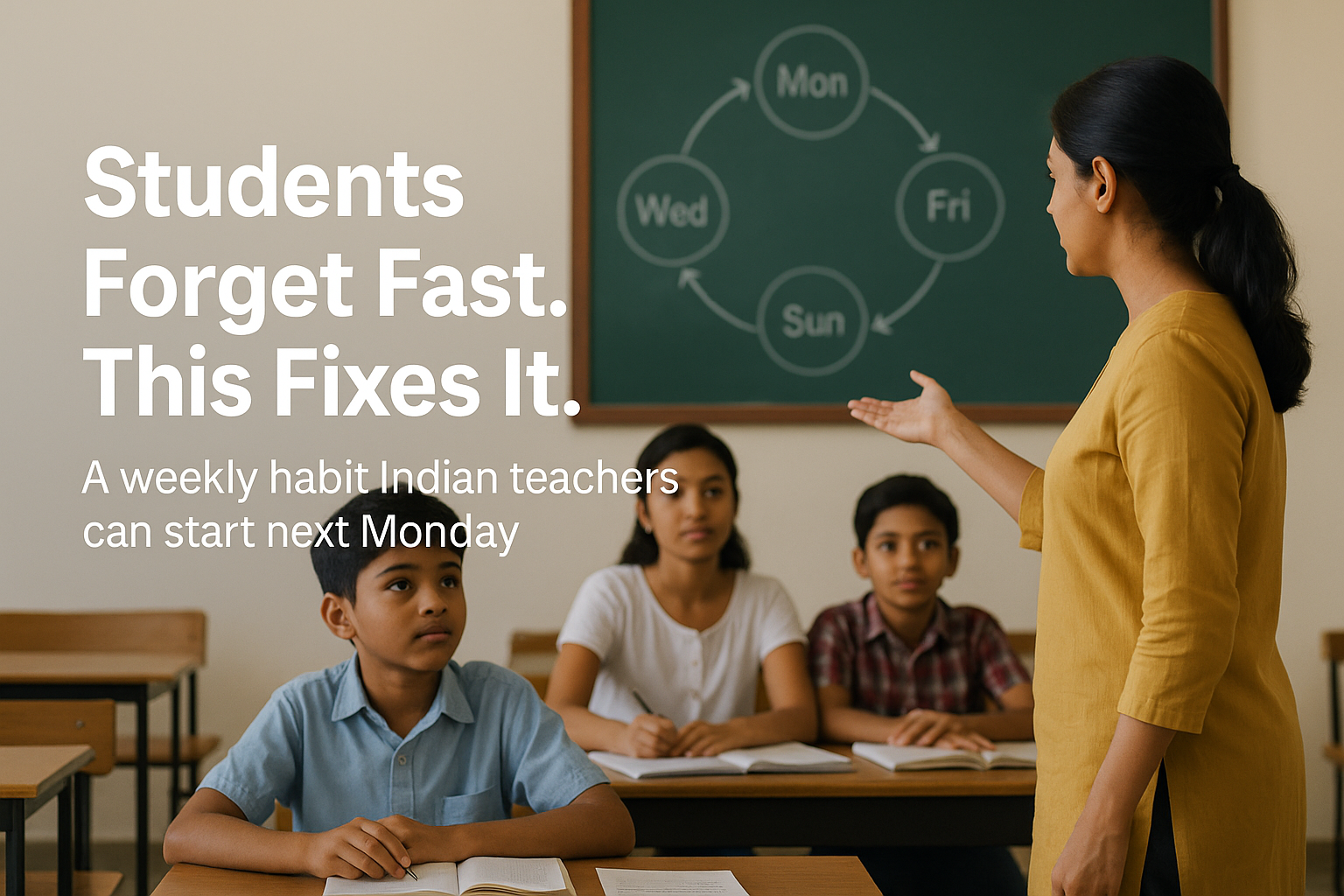
.png)
